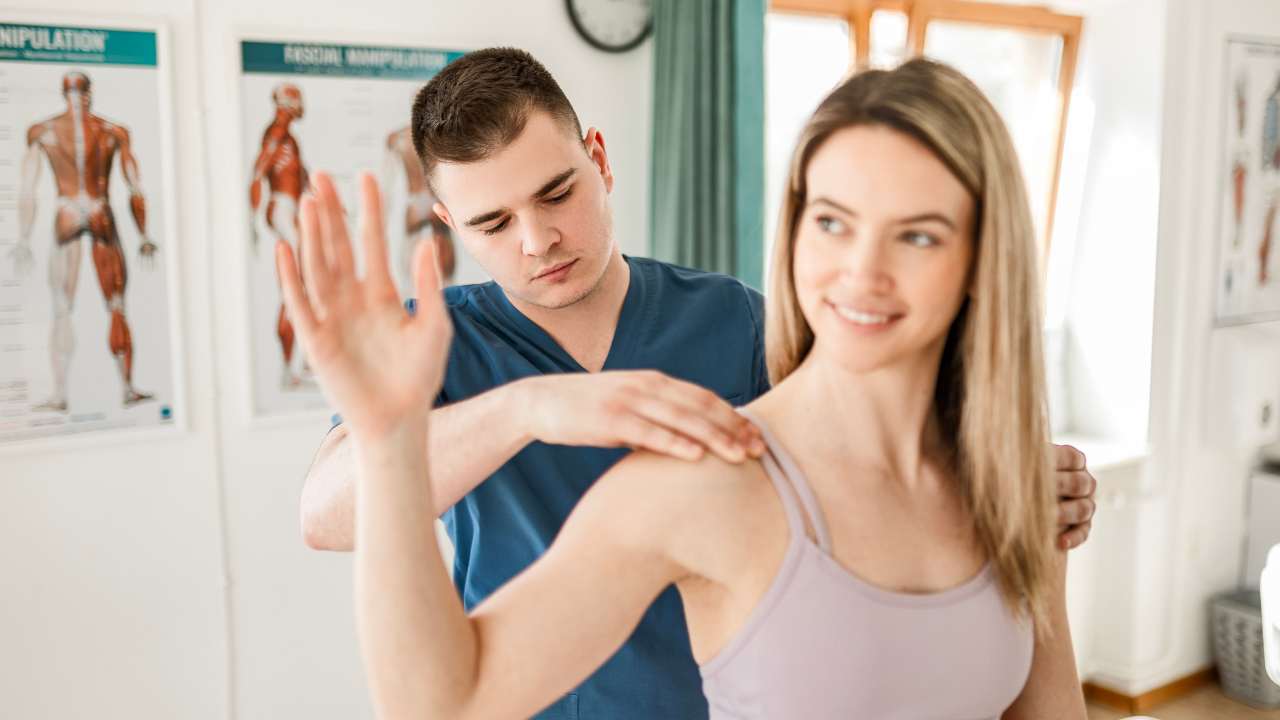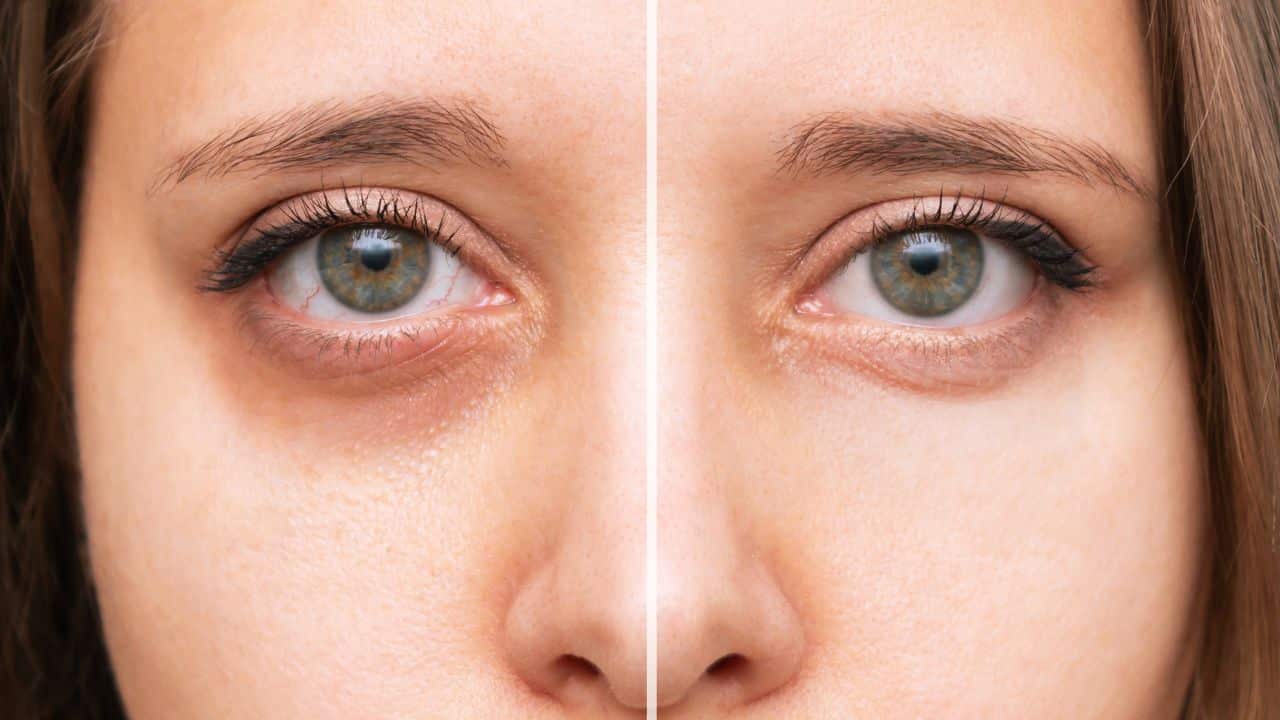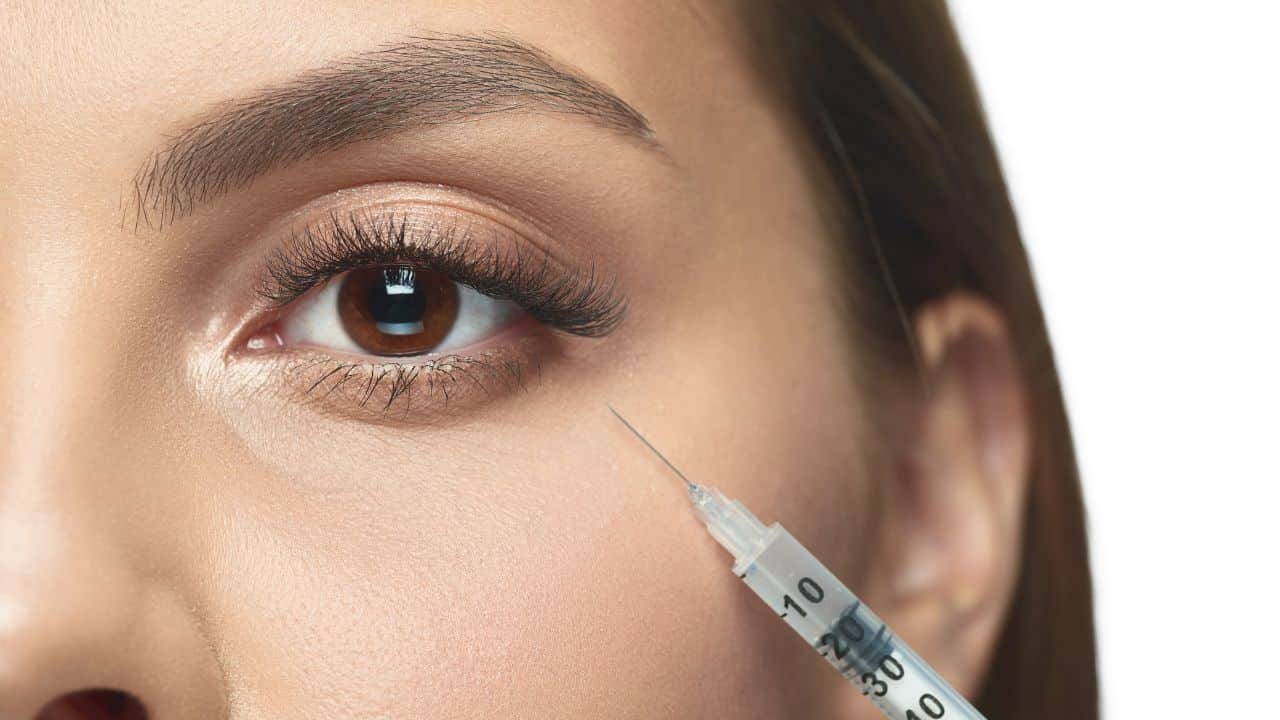Every day can feel like an uphill battle for those struggling with the relentless aches of shoulder bursitis. The lingering discomfort disrupts your routine, and the sharp, jolting pain every time you move your arm can make even the simplest tasks daunting.
But imagine if there was a solution that could help alleviate the pain and improve your shoulder’s mobility. A treatment option that’s non-surgical, low-risk, and harnesses the healing powers of your own body?
Welcome to the revolutionary world of Platelet-Rich Plasma (PRP) Therapy. Studies suggest that PRP Therapy can significantly reduce pain and increase function in patients with shoulder bursitis.
If you’re on a quest to reclaim a pain-free life, then delve into this article, where we’ll explore how PRP can help turn your shoulder bursitis battles into victories.
Understanding Shoulder Bursitis
Shoulder bursitis, or Subacromial Bursitis, is a painful condition affecting many people worldwide. To truly comprehend the impact of PRP therapy, we first need to understand what shoulder bursitis is.
What is Shoulder Bursitis?
A tiny, fluid-filled sac called a bursa in each of your shoulders. The bursa is a cushion, reducing friction between your shoulder’s bones and soft tissues. The resulting condition is known as shoulder bursitis when this bursa becomes inflamed.
Symptoms of Shoulder Bursitis
The primary symptom of shoulder bursitis is pain, often described as aching or throbbing, which can be more severe during specific activities, such as lifting your arm. Other symptoms include tenderness in the shoulder, stiffness, and swelling. In severe cases, the pain can be so intense that it interferes with sleep.
Causes of Shoulder Bursitis
Shoulder bursitis is usually caused by repetitive or prolonged activities that stress the bursa in the shoulder, like lifting, painting, or even typing. It can also result from acute injury or as part of a more systemic inflammatory condition like rheumatoid arthritis.
What is PRP Therapy?
Platelet-Rich Plasma (PRP) Therapy has emerged as a revolutionary technique in regenerative medicine, offering hope to individuals dealing with various health concerns, including shoulder bursitis.

Defining PRP Therapy
PRP Therapy is a process where a patient’s blood is used to encourage healing. The term “platelet-rich plasma” refers to a concentration of platelets in plasma prepared from the patient’s blood. Aside from their role in clotting blood, platelets are crucial in injury healing as they release growth factors that stimulate tissue recovery.
PRP in Medical Treatments
PRP therapy has shown promising results in various medical fields, such as orthopedics, dentistry, and cosmetic surgery. The therapy’s potential to enhance the healing process makes it an attractive option for conditions like shoulder bursitis that involve inflammation and tissue damage.
How PRP Therapy Works for Shoulder Bursitis
If you’ve been dealing with shoulder bursitis, understanding how PRP therapy can be applied to your condition is critical to making an informed decision about your treatment options.
The Healing Power of PRP
The principle behind PRP therapy is quite fascinating. Platelets release growth factors crucial to the body’s natural healing process. These growth factors encourage cell proliferation and the formation of new blood vessels, which accelerates the healing of injured or inflamed tissues.
When we introduce a high concentration of these platelets directly into the area of inflammation, like an inflamed shoulder bursa, we’re essentially turbo-charging the body’s healing mechanism.
PRP and Shoulder Bursitis
For shoulder bursitis, PRP therapy focuses on reducing inflammation and promoting the healing of the bursa. The growth factors in the PRP reduce inflammation and stimulate the production of new, healthy cells in the bursa, effectively aiding in the resolution of bursitis over time.
Understanding how PRP therapy works provides a scientific rationale behind its use in treating shoulder bursitis. But how is this therapy administered? Let’s delve into the procedure in the next section.
PRP Procedure for Shoulder Bursitis
For those considering PRP therapy for shoulder bursitis, understanding the steps of the procedure can help ease any apprehensions. Here is an in-depth look at what to expect:
Step 1: Blood Draw
The PRP procedure begins with a simple blood draw, similar to a standard blood test. This is typically done in the crook of your elbow. The volume of blood drawn depends on the size of the area needing treatment, but it’s usually between 15 to 60 milliliters.
Step 2: Processing the Blood
The blood drawn is then placed in a centrifuge that spins at high speeds. This spinning process separates the blood into red blood cells, white blood cells, plasma, and platelets. The platelet-rich plasma is isolated for use in the treatment.
Step 3: Preparing the PRP
The extracted PRP is then prepared for injection. Sometimes, it is activated with calcium chloride or bovine thrombin, which stimulates the platelets to release their growth factors.
Step 4: Administering the PRP Injection
The final step is injecting the PRP into the inflamed bursa in your shoulder. This is done using ultrasound guidance to ensure precise placement of the injection.
The entire procedure typically takes less than an hour and offers minimal downtime. However, it’s important to note that individual experiences with PRP therapy can vary, as the therapy’s effectiveness can be influenced by factors such as the severity of bursitis and the patient’s overall health.
Post-Procedure: What to Expect After PRP Therapy
It’s crucial to understand what happens after the PRP procedure. Let’s take a closer look at the recovery process and results timeline.
Immediate Aftercare
Immediately after the procedure, you might experience mild discomfort in the treated area. This is a normal reaction, as the injected PRP induces an inflammatory response, part of the healing process. Applying ice and taking over-the-counter pain relievers (as advised by your doctor) can help manage this.
Rehabilitation and Exercise

Most patients are advised to rest the treated area for a few days post-procedure. Following this, a rehabilitation plan, often including physical therapy, is recommended to maximize the treatment’s benefits. This plan is personalized, depending on the severity of your bursitis and overall health status.
Results Timeline
Improvement isn’t typically immediate with PRP therapy. Since this treatment relies on the body’s natural healing process, observing noticeable enhancements can take weeks to months. Most patients report gradual pain reduction and increased shoulder function over this period.
Multiple Treatments
Sometimes, a single PRP injection is not enough, and multiple treatments may be required, typically spread a few weeks apart. Your doctor will advise on the appropriate treatment plan based on your response to the therapy.
Frequently Asked Questions About PRP for Shoulder Bursitis
We understand that deciding to proceed with PRP therapy can come with many questions. Here, we answer some of the most frequently asked questions about PRP therapy for shoulder bursitis:
Is PRP Therapy Painful?
While the PRP injection can cause some discomfort, it is generally well-tolerated by most patients. Numbing agents can be applied before the injection to minimize pain. Also, post-procedure pain can usually be managed with over-the-counter pain relievers, as your doctor recommends.
Are there any Side Effects of PRP Therapy?
PRP uses your blood, so the risk of allergic reactions or transmission of diseases is eliminated. The most common side effects are temporary, including pain at the injection site, swelling, and mild bruising.
How Soon Can I Return to Normal Activities?
This depends on the individual and the severity of the bursitis. Some patients may return to normal activities within a few days, while others may require a few weeks. Your doctor will provide guidance based on your specific situation.
How Effective is PRP Therapy for Shoulder Bursitis?
Studies have shown promising results for PRP therapy in treating shoulder bursitis. However, it’s important to remember that results can vary between individuals. Factors such as overall health, the severity of bursitis, and adherence to post-procedure instructions can all impact the therapy’s effectiveness.
Final Words
PRP therapy presents a promising treatment option for those dealing with shoulder bursitis discomfort and mobility issues. The procedure, rooted in the body’s natural healing mechanisms, comes with minimal downtime and has shown a track record of reducing pain and improving function.
While it’s not a quick fix and requires patience, the results can significantly enhance the quality of life.
As with any medical treatment, it’s critical to have a detailed discussion with your healthcare provider to ensure it aligns with your health status and expectations. Here’s to a future with less pain and more movement!





